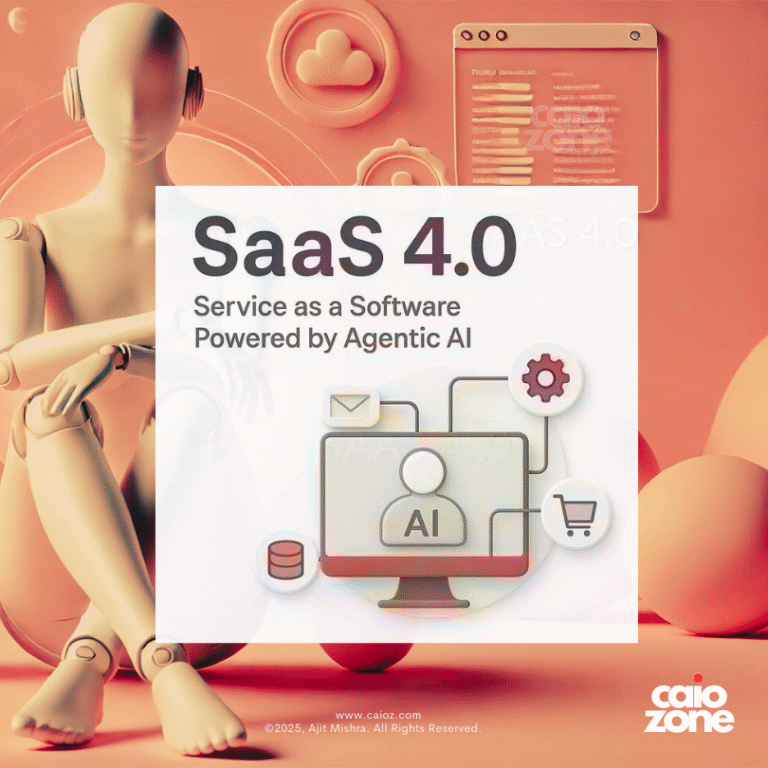Understanding the Core Responsibilities of the Chief AI Officer
The role of the Chief AI Officer (CAIO) is increasingly pivotal in today’s technology-driven business landscape. With rapid advancements in artificial intelligence, CAIOs are tasked with numerous critical responsibilities that shape the future of organizations. At the forefront, their primary duty involves integrating AI technologies into the organization’s operations seamlessly. This integration requires a comprehensive understanding of not only the capabilities of AI but also its limitations, ensuring that the technology aligns with business objectives and enhances overall productivity.
In addition to operational integration, CAIOs must balance innovation with risk management. The deployment of AI technologies can introduce various risks, such as data privacy concerns and algorithmic bias. Hence, CAIOs play a crucial role in developing frameworks that not only encourage innovation but also safeguard the organization against potential pitfalls. By establishing clear guidelines and best practices, they ensure that AI initiatives adhere to ethical standards and regulatory compliance, thus mitigating risks that could damage the organization’s reputation.
Cross-departmental collaboration also falls under the purview of the CAIO. In order to maximize the impact of AI implementations, CAIOs must work closely with other departments—such as marketing, finance, and operations—to understand their needs and demonstrate how AI can provide solutions. This collaborative approach fosters a culture of innovation within the organization, empowering teams to embrace AI technologies confidently. Ultimately, the CAIO’s efforts in cultivating this environment not only drive technological advancements but also enhance employee engagement and contribute to a sustainable competitive advantage.
Practical Strategies for Success: Implementing the CAIO Playbook
As organizations increasingly harness the potential of artificial intelligence, Chief AI Officers (CAIOs) must employ effective strategies to ensure successful AI adoption and implementation. One of the primary responsibilities of a CAIO is to create a structured AI roadmap that aligns with business objectives. This begins with identifying the key areas where AI can generate the most significant impact, whether by improving operational efficiency, enhancing customer experience, or driving innovation.
To establish this roadmap, CAIOs should utilize frameworks such as the AI Maturity Model, which assesses an organization’s current capabilities against market leaders. This evaluation empowers CAIOs to prioritize initiatives based on their business impact, facilitating smarter allocation of resources and efforts. Furthermore, employing methodologies like Agile Development can enhance iteration and adaptability, allowing for more responsive development cycles that accommodate rapid technological advancements.
Measuring the success of AI projects is crucial for demonstrating value to stakeholders. Establishing key performance indicators (KPIs) tailored to the specific objectives of each initiative provides insights into performance and effectiveness. These metrics should encompass not only technical success but also business outcomes, including cost savings, revenue growth, and customer satisfaction improvements.
The dynamic landscape of AI technology necessitates a commitment to continuous learning. CAIOs can foster a culture of continuous improvement within their teams by promoting skills development and keeping abreast of emerging trends. Engaging in partnerships with key stakeholders, including data scientists, business leaders, and technology providers, enhances organizational capabilities and drives collaborative innovation.
In implementing these practical strategies from the CAIO playbook, Chief AI Officers can successfully navigate the complexities of AI adoption and position their organizations for long-term success in this rapidly evolving digital era.










